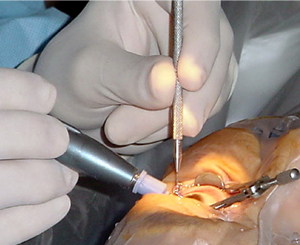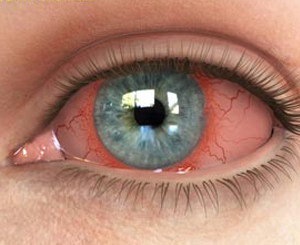What are qualifying criteria for i-LASIK procedure?
i-LASIK procedure is considered suitable for patients fulfilling following criteria:
· Patient should be 18 years of age or more.
· He should have a stable vision, i.e., power of lens, for preceding one year.
· His cornea should be of required thickness and shape as determined by pachymetry and topography.
· He should not be suffering from any eye disease, systemic illness or vascular disorder.
· He should not have worn contact lenses for about one to three weeks before surgery.
What happens subsequent to undergoing LASIK or i-LASIK?
Vision may appear blurred in first few hours after operation, but it gets improved gradually. A good and clear vision is usually attained in 2 to 3 days. Some discomfort may also be experienced after this procedure which can easily be relieved by administering some painkiller medications. Rest is advised to patients for atleast 24 hours after LASIK for avoiding any discomfort. Further, some precautions which are required to be taken are:
· Avoidance of rubbing and squeezing eyes.
· Avoiding contact with water by splashing it on eyes or face.
Some eye drops are instilled for about two weeks. Certain medical examinations are also regularly performed as a follow-up procedure.
What are the side-effects and risks involved in LASIK?
Like any other surgical procedure, LASIK also involves some possible risks and side-effects. However, its risks and side effects are comparatively less than any other corrective technique. Some after effects of this therapy are:
· Increased level of sensitivity to light and glare.
· Burning and gritty sensation in eyes.
· Slight dryness in eyes.
· Decreased clarity of vision in dull light.
However, these symptoms gradually diminish and disappear with time.
Some complications related to LASIK include wrinkles, infections, abnormal growth in epithelium, unresponsiveness to correction procedure, etc. However, these complications can be cured with appropriate medications, or in certain cases, further surgery.
What are the side-effects and risks involved in i-LASIK?
Like any other surgical procedure, certain risks and side-effects are involved in i-LASIK. However, due to adoption of advanced technology, side-effects and risks are comparatively less than other corrective techniques. Some red spots can be seen on white portion of eyes, which gradually disappear in a few weeks.
Other side effects and complications are similar to those experienced after undergoing LASIK procedure.
What advantages does i-LASIK has over LASIK?
i-LASIK is an improved procedure which has gradually replaced LASIK procedure with its advanced technology methodology. This advanced femtosecond laser imparts more precision as compared to special oscillating microkeratome blade, so doctors can create thin flaps on cornea with enhanced accuracy. Also, flaps created have regular thickness throughout its length and as such can be repositioned easily. For this reason, chances of slipping of flaps after positioning as well as wrinkles are rare. Further, in i-LASIK methodology, surface of flap created as well as underlying surface of corneal bed are comparatively smooth, thereby imparting improved vision and clarity. With this advanced technique, it is even possible to create flaps in steep corneal edges with ease.









